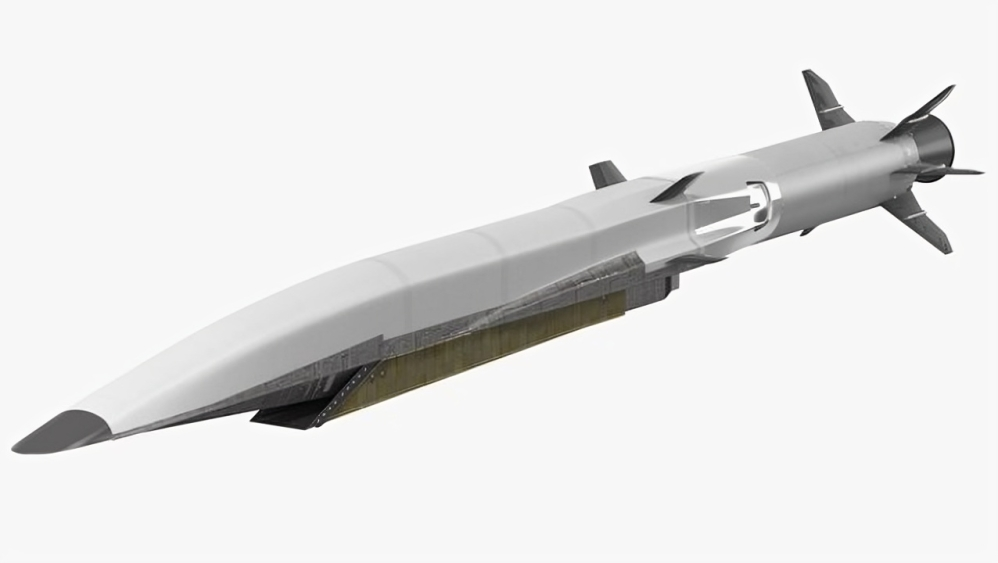DRDO chief Dr Samir V Kamat has confirmed that India’s hypersonic glide missile is in an advanced stage of development, with all trials expected to conclude within the next two to three years. In an interview with NDTV, he detailed the progress of India’s next-generation missile systems and shared insights gained during Operation Sindoor.
The Defence Research and Development Organisation had earlier test-fired a long-range hypersonic missile from the APJ Abdul Kalam Island in Odisha. India is currently working on two categories of hypersonic weapons—hypersonic cruise missiles powered by scramjets and hypersonic glide vehicles (HGVs).
Dr Kamat said the glide missile has already undergone a successful development trial, while the scramjet-powered cruise missile system is in the early stages. “We have proven scramjet propulsion for over 1,000 seconds, which is a significant breakthrough. If the government sanctions the project, we expect a hypersonic cruise missile could be inducted within five to seven years,” he said.
On the widely used BrahMos supersonic cruise missile, Dr Kamat noted that DRDO is now focused on extending its range and developing a smaller version called BrahMos-NG. This variant will allow deployment on more aircraft beyond the Su-30MKI.
He also gave updates on other missile systems in the pipeline, including the Astra Mk-2 and Mk-3 air-to-air missiles with extended ranges, as well as Rudram-2, Rudram-3, and Rudram-4 air-to-ground missiles. India is also advancing its Kusha surface-to-air missile program and developing directed energy weapons like lasers and high-power microwave systems for anti-drone warfare.
Commenting on the success of DRDO systems during Operation Sindoor, Dr Kamat said that BrahMos, Akash, and D4 anti-drone systems performed effectively during the 100-hour conflict with Pakistan.
He also spoke about the indigenous light tank Zorawar, built for high-altitude operations in areas like Ladakh and Sikkim. Development trials are complete and user trials are set to begin soon.
On the indigenous fifth-generation fighter jet, the Advanced Medium Combat Aircraft (AMCA), Dr Kamat said that unlike previous DRDO-HAL partnerships, this time an expression of interest has been floated to identify an industry partner, which could include private players or a joint venture.
Discussing lessons from Operation Sindoor, Dr Kamat stressed the need to develop fully autonomous systems that can function without GPS or communication links. “It is very clear now that all our weapon systems must be capable of operating in electronically denied environments,” he said.
He concluded by expressing confidence that several of DRDO’s advanced weapon systems and sensors will be inducted into the Indian Armed Forces within the next two to three years.













